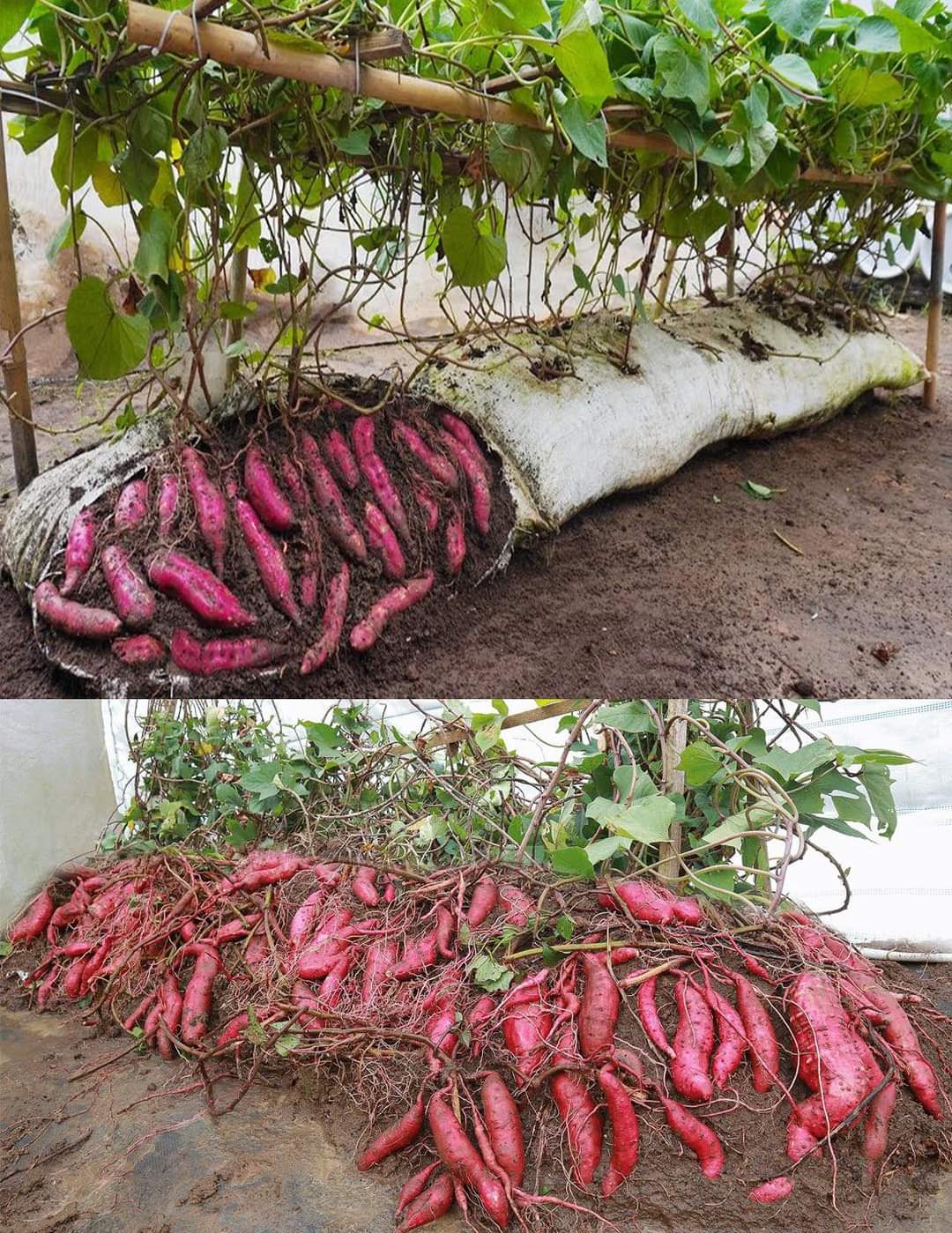Sweet potatoes are a delectable and nutritious addition to your home garden. Their ease of cultivation and generous yield make them a splendid choice for gardeners of all levels. Whether you have limited space or poor soil conditions, the solution lies in growing sweet potatoes using soil bags. This all-inclusive guide will take you through the step-by-step process of successfully nurturing sweet potatoes in soil bags.
Essential Materials:
Before you embark on your sweet potato growing journey, be sure to gather the following items:
Sweet potato slips (young, rooted plants)
Soil bags (or large grow bags)
High-quality potting soil or a mixture of compost and garden soil
Watering can or garden hose with a gentle spray nozzle
Fertilizer suitable for root vegetables
Garden trowel or hand spade
Stakes or trellises (optional)
Mulch (straw or leaves)
Step 1: Choosing the Ideal Location
Select a sunny spot in your garden where your sweet potatoes can bask in a minimum of 6-8 hours of sunlight daily. Ensure that this area boasts good drainage to avoid waterlogging, as sweet potatoes are averse to saturated soil.
Step 2: Preparing the Soil Bags
If you opt for commercial soil bags or grow bags, fill them with high-quality potting mix, leaving a few inches of space at the top. Alternatively, you can concoct your own mixture by blending equal parts compost and garden soil. Sweet potatoes thrive in loose, well-draining soil, so ensure your mix is well-aerated.
Step 3: Planting Sweet Potato Slips
Sweet potato slips, which are young, rooted plants, can be acquired from a nursery or cultivated from sweet potatoes at home. Plant these slips approximately 4-6 inches deep in the soil bags, spacing them at intervals of 12-18 inches. Position each slip vertically with the roots facing downward and the leafy portion above the soil surface.
Step 4: Proper Watering
Sweet potatoes require consistent moisture, so it’s essential to water them regularly to maintain uniformly moist soil without over-saturation. It’s advisable to water them early in the morning, allowing the leaves to dry during the day, reducing the risk of fungal diseases.
Continued on next page (page 2)
ADVERTISEMENT

